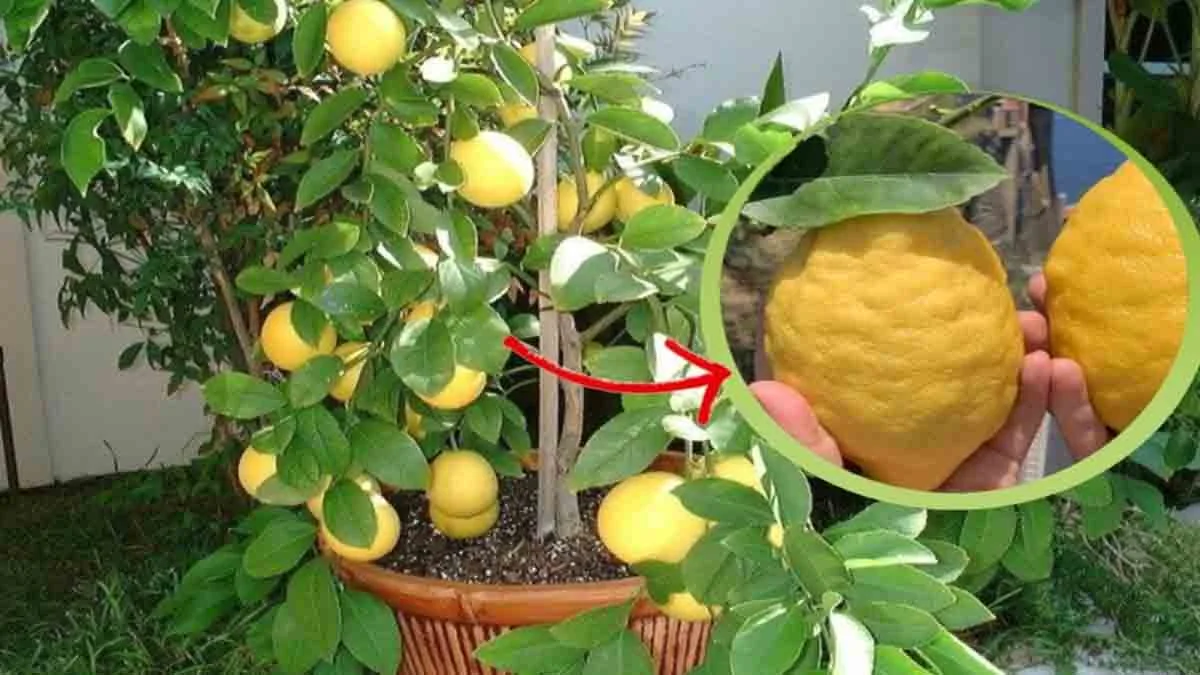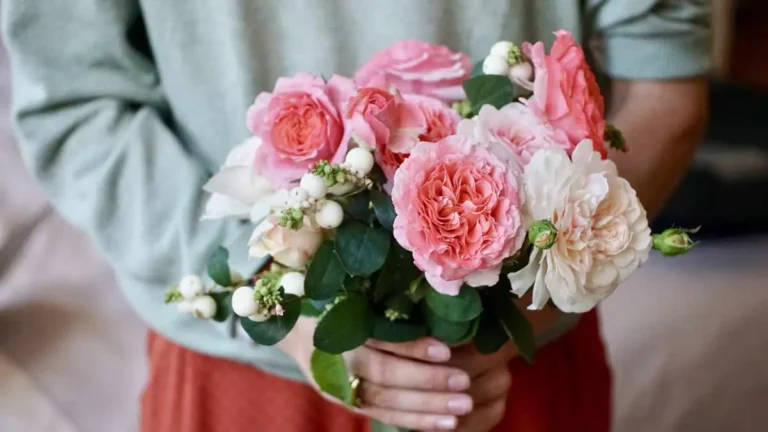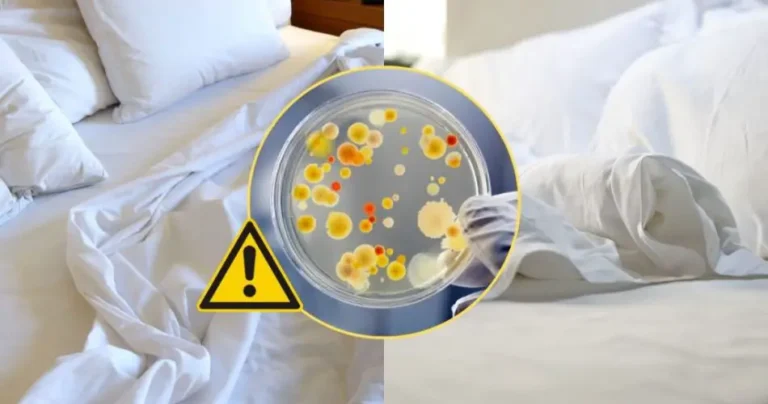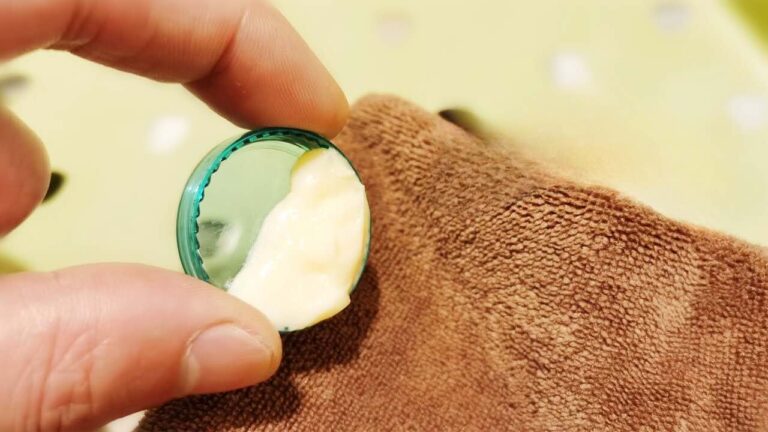Big lemons on the balcony? A pinch of this ingredient is enough: it’s the nurserymen’s secret!
When you take a look at the fruit and vegetable stall, you can’t resist those huge lemons with their intoxicating scent . They invite you to buy them to prepare refreshing drinks and to obtain powerful flavors in recipes . In short, they are very attractive and irresistible.
However, having lemon trees in your home is not at all a pipe dream. On the contrary, it’s something you can do at home! It is absolutely possible to grow lemon trees on your terrace or balcony to enjoy these fruits and be sure that they are truly organic and pesticide-free . Does the idea appeal to you? Read these tips and tricks from nurserymen that I found for you!
Giant lemons on the balcony: here are some incredible tricks from nurserymen
The first fundamental rule is choosing the right plant . When you go to the nursery, don’t pay too much attention to the fruits already there. You need to consider the number of buds that citrus fruit can give you next year.
So buy a plastic or terracotta pot with drainage holes to avoid stagnation. Choose one with a diameter and height of at least 35 centimeters.
As for the potting soil, get a mixture with a slightly acidic pH (between 6 and 6.5) composed of 2 parts coconut fiber, 2 parts all-purpose potting soil, 1 part bone meal mix, 1 part compost and ½ part perlite.
For a week, place the pot in the shade so that the plant can acclimatize. Therefore, install it in a bright and well-irradiated area of the balcony, terrace or garden with at least 6 hours of sun exposure per day .
As for watering, it must be constant in summer to keep the soil always moist. Check by touching with your finger when you need to add water. Water the plant and let it absorb the water completely before adding more to prevent the roots from rotting.
Once a month, add a little iron, magnesium and manganese fertilizer or homemade compost with eggshells and coffee grounds. To provide a good dose of potassium, bury a banana peel at the foot of the plant once every two weeks.
Also use neem oil dissolved in water to treat your plant against parasites. Prepare the mixture and pour it into a spray bottle, then spray it on the leaves.
Finally, remove diseased or irregular branches. However, reserve the actual pruning for spring, when the plant is ready for new growth.






